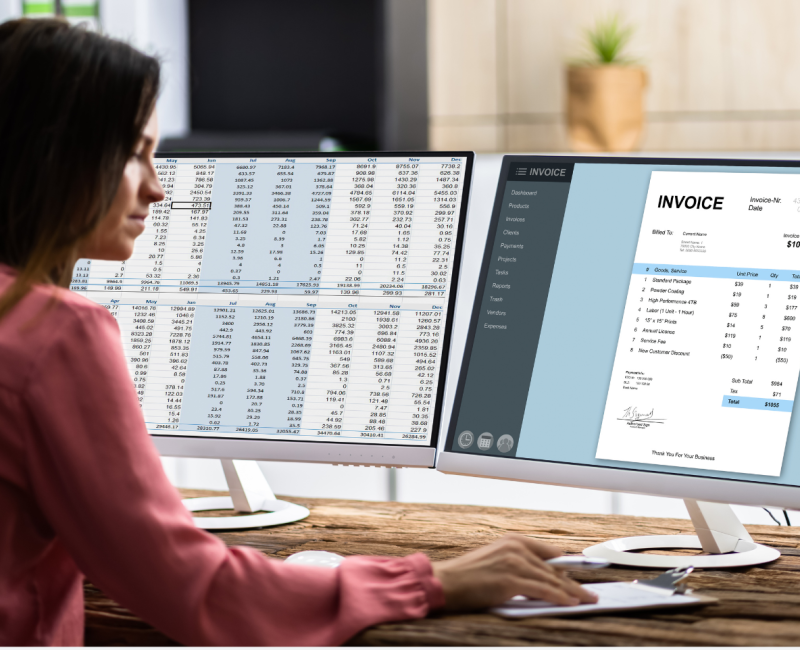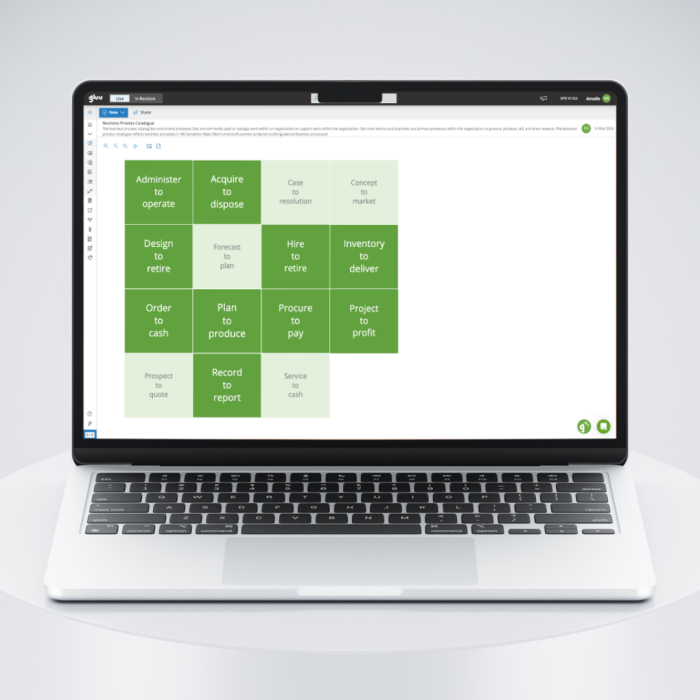Ja, D365 F&O har et dedikeret Asset Management modul, der sporer aktiver fra anskaffelse, afskrivning, vedligeholdelse og bortskaffelse. Det giver værktøjer til livscyklusstyring, overholdelse af finansielle forskrifter og integration med andre finansielle processer, hvilket forbedrer den samlede aktiekontrol.
- Omfattende sporing: End-to-end sporing af aktiver fra anskaffelse til bortskaffelse. Dette inkluderer oprettelse, kategorisering, afskrivning og den eventuelle bortskaffelse eller salg af aktiver. Denne omfattende sporing hjælper med at sikre, at alle aktiverelaterede aktiviteter håndteres effektivt og nøjagtigt.
- Automatiseret afskrivning: Afskrivningsberegninger baseres på foruddefinerede metoder (f.eks. lineær afskrivning, faldende balance) og tidsplaner. Dette reducerer manuelle fejl og sikrer, at afskrivning anvendes konsekvent, hvilket strømline finansiel rapportering og overholdelse af regnskabsstandarder.
- Detaljeret rapportering: En række indbyggede rapporter og dashboards for faste aktiver er klar til brug, herunder rapporter om aktiverhvervelse, afskrivning og bortskaffelse.
- Integration med finans: Modulet for faste aktiver integreres problemfrit med andre finansmoduler i D365 F&O, såsom General Ledger og Accounts Payable.




